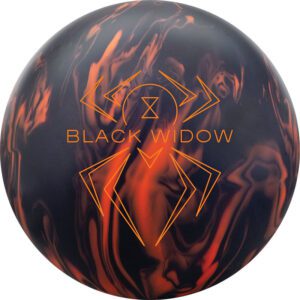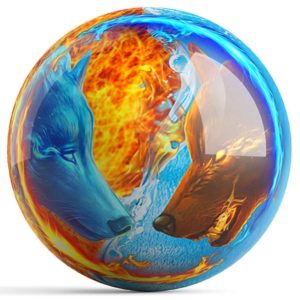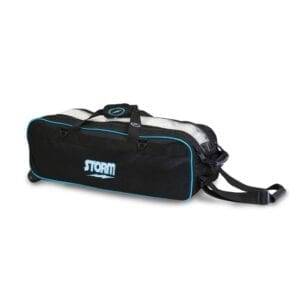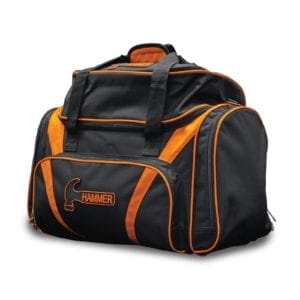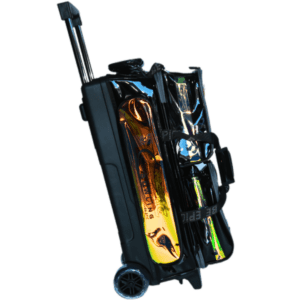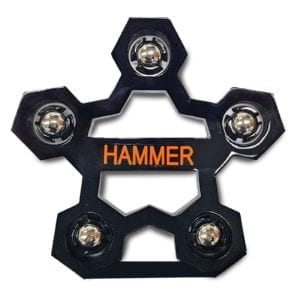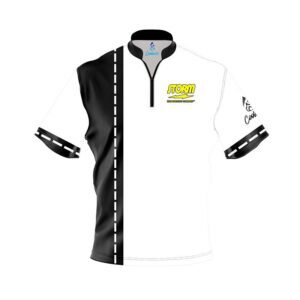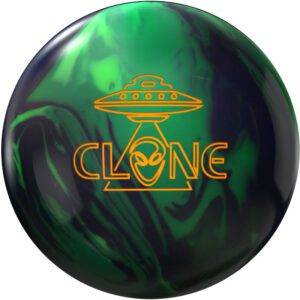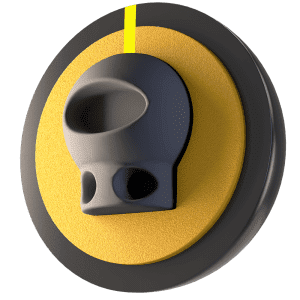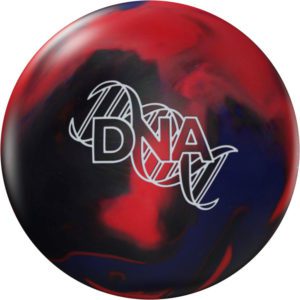Bowling Ball Videos, Luis Napoles, Roto Grip Bowling Ball Videos, Storm Bowling Ball Videos
Storm DNA Vs Roto Grip Clone | Which Asymmetrical Solid Is Better??
Looking for a top-of-the-line bowling ball that’ll take your game to the next level? Look no further than BowlersMart, the premier retailer for all things bowling-related.
So, what sets the Clone apart from the countless other balls in our inventory? For starters, its unique composition and design allow for increased ball motion and overall control. Whether you’re a seasoned pro or just starting out, the Roto Grip Clone is a valuable addition to any bowler’s arsenal. Stay tuned for our in-depth review and be prepared to take your game to new heights with the Clone.
Roto Grip Clone Bowling Ball
We are dedicated to improving players’ ability to conquer various lane conditions and comply with governing rules. This led us to create the asymmetrical Cloned E.T.™ Core (Equalizer Technology Core). By featuring built-in cavities, this avant-garde technology can increase weight displacement after drilling, without the need for a balance hole, resulting in greater ball motion.
Engineered for medium-heavy to heavy oil conditions, this cloned E.T.™ Core is truly exceptional. The base of the inner block contains built-in cavities, mirroring the effects of an extra hole, depending on your chosen drill. Given balance holes are no longer legal in sanctioned competition, we’ve devised a solution for capturing more flare potential and dynamics.
Our innovative E.T.™ Core boasts a lower RG and high differential, the perfect recipe for increased flare potential. However, by integrating these “equalizer cavities”, we’ve unlocked even more built-in dynamics after drilling.
Experience unrivaled midlane traction and friction response with the new OptiTrax Solid Coverstock’s blend. Its prolonged texture ensures your ball maintains maximum performance by displacing oil faster than other coverstock materials on the market today.
| BRAND | |
|---|---|
| BOWLING BALL CORE SHAPE | |
| BOWLING BALL CORE NAME | |
| BOWLING BALL COVERSTOCK TYPE | |
| BOWLING BALL COVER NAME | |
| RADIUS OF GYRATION: RG (15LB) | |
| DIFFERENTIAL: DIFF (15LB) | |
| MASS BIAS STRENGTH | |
| FLARE POTENTIAL | |
| SURFACE FINISH | |
| BALL PERFORMANCE LEVEL | |
| BALL LANE CONDITIONS | |
| BOWLING BALL COLOR | |
| BALL WEIGHT |
Storm DNA Bowling Ball
You may have already seen how a bowling ball is made. We start from the innermost part, the weight block, and work our way out. In this case, it’s the inventive Supercoil weight block. The intent was to develop a super low RG shape with a greater undrilled intermediate differential. Traditionally, weight blocks with more of the mass placed around the equator drive the RG down and read the midlane better.
The cutaway on the Y-axis helps to maintain dynamic integrity after drilling. When it’s time, the coverstock is poured. In just a few minutes as the liquid transitions to a solid, an extreme amount of heat (about 200 °F) needs to be released for this to happen. We refer to this as “exotherm”. This stage in the process is crucial to the chemistry of the coverstock and by controlling the peak temperature, heat rate, and cooldown speed we can manipulate the chemical porosity deep within that helps with oil absorption and displacement. This creates caverns of porosity and cliffs so deep which give this stateof-the-artshell the kind of cutting-edge traction that’ll leave you in awe. Enter: EXO Reactive coverstock.
| BRAND | |
|---|---|
| BOWLING BALL CORE SHAPE | |
| BOWLING BALL CORE NAME | |
| BOWLING BALL COVER NAME | |
| BOWLING BALL COVERSTOCK TYPE | |
| RADIUS OF GYRATION: RG (15LB) | |
| DIFFERENTIAL: DIFF (15LB) | |
| MASS BIAS STRENGTH | |
| FLARE POTENTIAL | |
| SURFACE FINISH | |
| BALL LANE CONDITIONS | |
| BALL WEIGHT | |
| BOWLING BALL COLOR | |
| BALL PERFORMANCE LEVEL | |
| SCENT | |
| RELEASE DATE |


